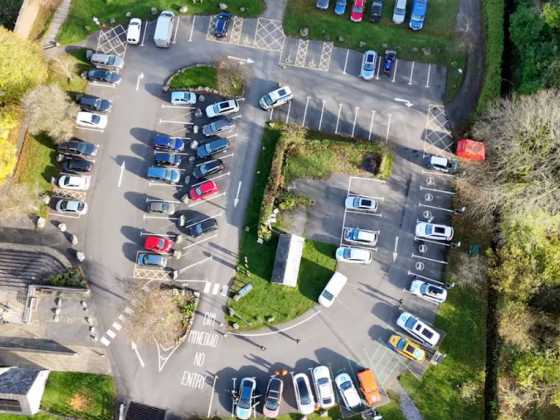Powered Light Vehicles have a big role to play in future mobility

A new study from the Low Carbon Vehicle Partnership has identified that Powered Light Vehicles (PLVs) can play significant role in the Government’s Future of Mobility Urban Strategy, but that regulatory barriers need to be addressed first.
Powered Light Vehicles (PLVs) is the collective term for a range of two, three and four-wheeled vehicles for either passenger or cargo use. Their compact size and light weight maximises the use of available road space and, as they are predominantly powered by zero and low-emission powertrains, offers an efficient, clean and practical form of personal and commercial mobility.
The Powered Light Vehicle Consortium (PLVC) was formed by the LowCVP to assess the potential for the larger three and four-wheeled ‘L-Category’ vehicles. Academics from seven UK universities contributed to the report, published in summary form today with additional resources available on a ‘PLV Hub’ hosted on the LowCVP website.
The use of PLVs is widespread in a number of large markets around the world. In 2018 there were 50,342 electric-powered L-Category vehicles registered in the EU, representing 3.8% of total L-Category registrations. However, by the end of 2018, there were only 610 ultra-low emission quadricycles and 412 plug-in grant eligible motorcycles and mopeds registered in the UK[3].
Globally, there is likely to be growth in demand for this category of vehicle as the demand for mobility and goods in space-constrained urban environments increases and – particularly in developed markets – as a result of environmental drivers.
The report has called for raised awareness amongst key stakeholders and for whole life-cycle assessment of PLVs to be available so that consumers and legislators have quantitative data about the impact of replacing M or N-category cars & vans with PLVs.



